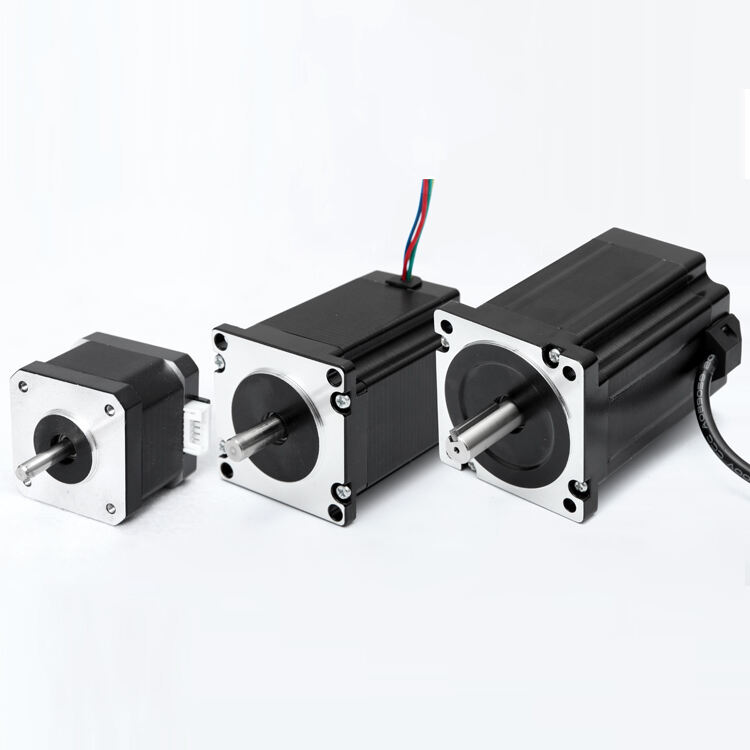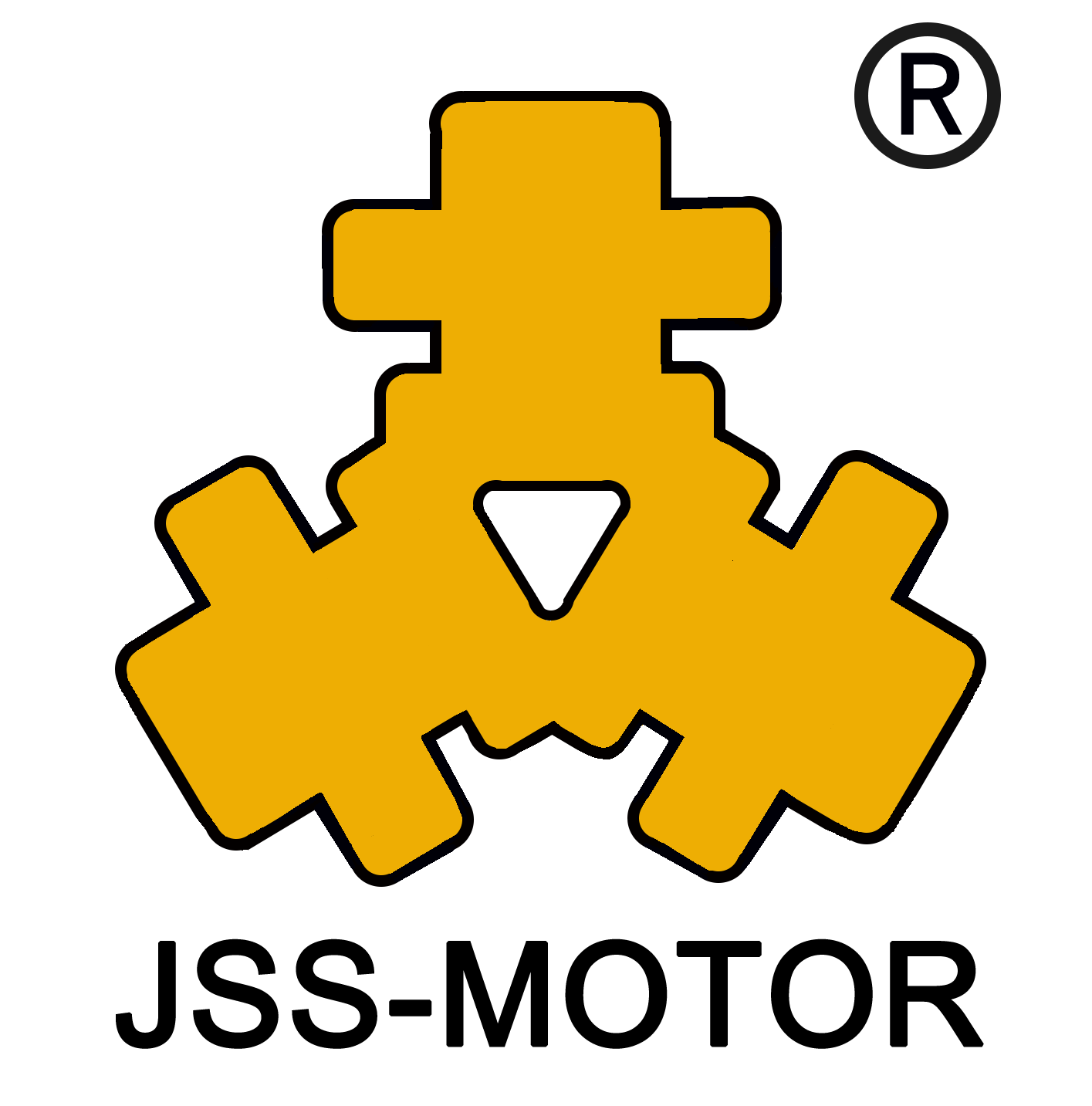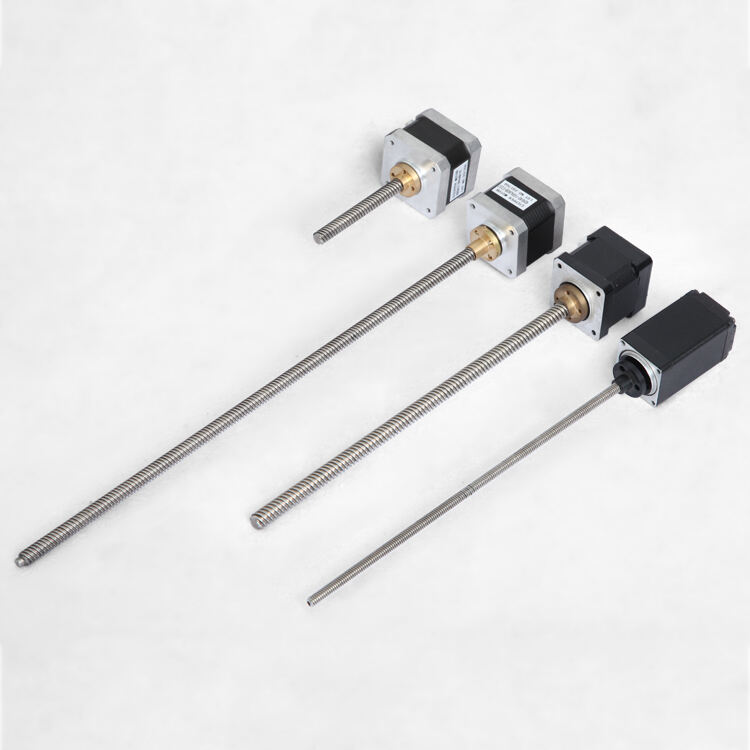Understanding Modern Step Motor Technology
Step motors have revolutionized precision motion control across numerous industries, from manufacturing to medical devices. These versatile devices convert electrical pulses into precise mechanical movements, making them indispensable in applications requiring accurate positioning and controlled motion. As we approach 2025, step motor technology continues to evolve, offering enhanced capabilities and innovative features that push the boundaries of automation and control.
The fundamental principle behind a step motor remains elegantly simple: it moves in precise increments or steps in response to electrical input signals. This characteristic makes it ideal for applications where exact positioning is crucial. Unlike conventional motors that rotate continuously, step motors provide exceptional control over rotation angle, speed, and position, making them the preferred choice for precision equipment.
Core Types of Step Motors
Variable Reluctance Step Motors
Variable reluctance step motors represent one of the earliest and most fundamental designs in the step motor family. These motors feature a soft iron rotor and a wound stator, operating on the principle of magnetic reluctance. When energized, the rotor teeth align with the stator's magnetic field, creating movement. While they offer simplicity and reliability, their primary advantages include low cost and high-speed capability.
Modern variable reluctance step motors have seen significant improvements in their design, incorporating advanced materials and refined manufacturing techniques. These enhancements have resulted in better torque characteristics and more precise positioning capabilities, making them suitable for industrial applications where cost-effectiveness is a priority.
Permanent Magnet Step Motors
Permanent magnet step motors, also known as tin-can or canstack motors, utilize a permanently magnetized rotor. This design offers improved torque characteristics compared to variable reluctance motors, making them ideal for applications requiring moderate torque at lower speeds. Their compact size and efficient operation have made them popular in consumer electronics and small automation systems.
Recent developments in permanent magnet materials have led to stronger, more efficient motors. Advanced rare-earth magnets have enabled manufacturers to create smaller motors while maintaining or even increasing torque output. This evolution has opened new possibilities in portable and space-constrained applications.
Hybrid Step Motors
Hybrid step motors combine the best features of both variable reluctance and permanent magnet designs. These motors offer superior performance characteristics, including high resolution, excellent torque output, and precise positioning capabilities. They have become the standard choice for many industrial and high-precision applications.
The latest hybrid step motor designs incorporate sophisticated magnetic circuits and enhanced winding patterns, resulting in improved efficiency and reduced heat generation. These advancements have made them particularly suitable for continuous operation in demanding environments.

Advanced Features and Capabilities
Microstepping Technology
Modern step motor systems increasingly utilize microstepping technology to achieve ultra-smooth motion and enhanced positioning accuracy. This technique divides each full step into smaller increments, sometimes as many as 256 microsteps per full step. The result is nearly continuous motion, significantly reduced resonance, and improved overall system performance.
Implementation of advanced microstepping controllers has revolutionized how step motors operate in precision applications. These controllers manage current flow with sophisticated algorithms, ensuring optimal torque and accuracy at all speeds. The technology has particularly benefited applications in 3D printing, semiconductor manufacturing, and medical equipment.
Integrated Control Systems
The integration of smart control systems with step motors has created new possibilities in automation and motion control. Modern step motor packages often include built-in controllers, encoders, and network connectivity, enabling seamless integration with industrial networks and IoT systems. This enhanced connectivity allows for real-time monitoring, predictive maintenance, and remote operation capabilities.
Advanced control algorithms have also improved the dynamic performance of step motors, enabling better acceleration profiles and more precise positioning. These developments have made step motors increasingly competitive with servo systems in many applications, offering similar performance at a lower cost.
Industrial and Commercial Applications
Manufacturing and Automation
In manufacturing environments, step motors play a crucial role in automation systems. They control everything from conveyor systems to robotic arms, providing the precise positioning required for modern production processes. The reliability and accuracy of step motors make them ideal for continuous operation in demanding industrial settings.
The integration of step motors in smart manufacturing systems has enabled more flexible and efficient production processes. Their ability to interface with industrial control systems and provide accurate feedback has made them essential components in Industry 4.0 implementations.
Medical and Scientific Equipment
The medical and scientific sectors rely heavily on step motors for precise instrument control. Applications range from automated laboratory equipment to medical imaging systems and surgical robots. The high reliability and precise positioning capabilities of step motors make them ideal for these critical applications.
Recent developments in step motor technology have led to smaller, more efficient designs that can operate in sterile environments and withstand sterilization processes. These improvements have expanded their use in portable medical devices and point-of-care diagnostic equipment.
Future Trends and Innovations
Energy Efficiency Developments
The push for greater energy efficiency has driven significant innovations in step motor design. New materials and improved electromagnetic designs are reducing power consumption while maintaining or improving performance. Manufacturers are developing smart power management systems that optimize motor operation based on load conditions.
Advanced control algorithms are also contributing to energy efficiency by minimizing power consumption during idle periods and optimizing torque output. These developments are particularly important for battery-powered applications and environmentally conscious industries.
Integration with Artificial Intelligence
The combination of step motors with artificial intelligence is opening new possibilities in motion control. AI algorithms can optimize motor performance, predict maintenance needs, and adapt to changing operating conditions. This integration is leading to more autonomous and efficient systems across various applications.
Machine learning techniques are being applied to improve step motor control, resulting in better accuracy and reduced power consumption. These smart systems can automatically adjust parameters based on environmental conditions and load variations, ensuring optimal performance.
Frequently Asked Questions
How do step motors differ from traditional motors?
Step motors provide precise position control by rotating in discrete steps rather than continuous motion. They offer superior accuracy and positioning capabilities compared to traditional motors, making them ideal for applications requiring exact movement control. Additionally, they can hold their position without power, which is not possible with conventional motors.
What determines the resolution of a step motor?
The resolution of a step motor is determined by its physical construction (number of poles and teeth) and the type of control system used. Modern microstepping techniques can significantly increase the basic step resolution, with some systems achieving up to 51,200 steps per revolution. The controller quality and power supply stability also play crucial roles in achieving high resolution.
How long can step motors operate continuously?
The continuous operation time of a step motor depends on several factors, including the motor design, operating temperature, load conditions, and cooling provisions. Modern step motors with proper thermal management can operate continuously for extended periods, often exceeding 20,000 hours when properly maintained. Regular monitoring of temperature and maintenance of proper operating conditions are essential for maximizing operational life.

